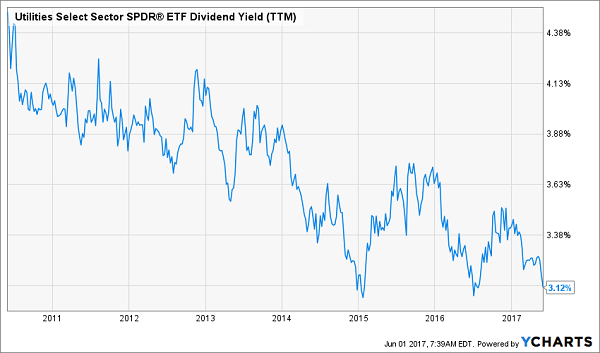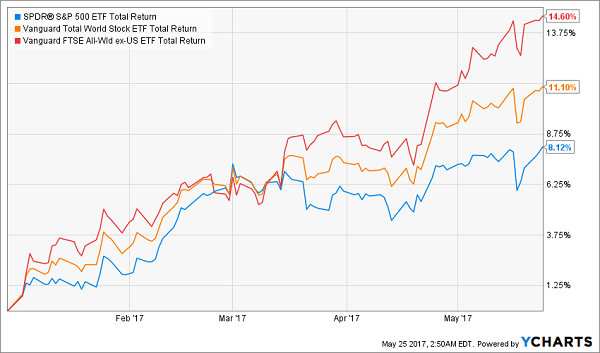Mortgage rates reached a new milestone last week, and it’s one of the most important—and underreported—events in economic history.
For the first time ever, 30-year mortgage rates fell below 3.99%, on average. This is stunning for several reasons, but the most important is that the Federal Reserve is actively working to get mortgage rates higher. By increasing its Federal funds interest rate target, the Fed is hoping to make borrowing more expensive for everyone—companies, students and, yes, homebuyers.
But it’s not working.
And perhaps the biggest reason why it’s not working is that bond investors don’t think economic growth is going to strengthen, so they’re effectively daring the Fed to keep raising rates.…
Read more



Recent Comments